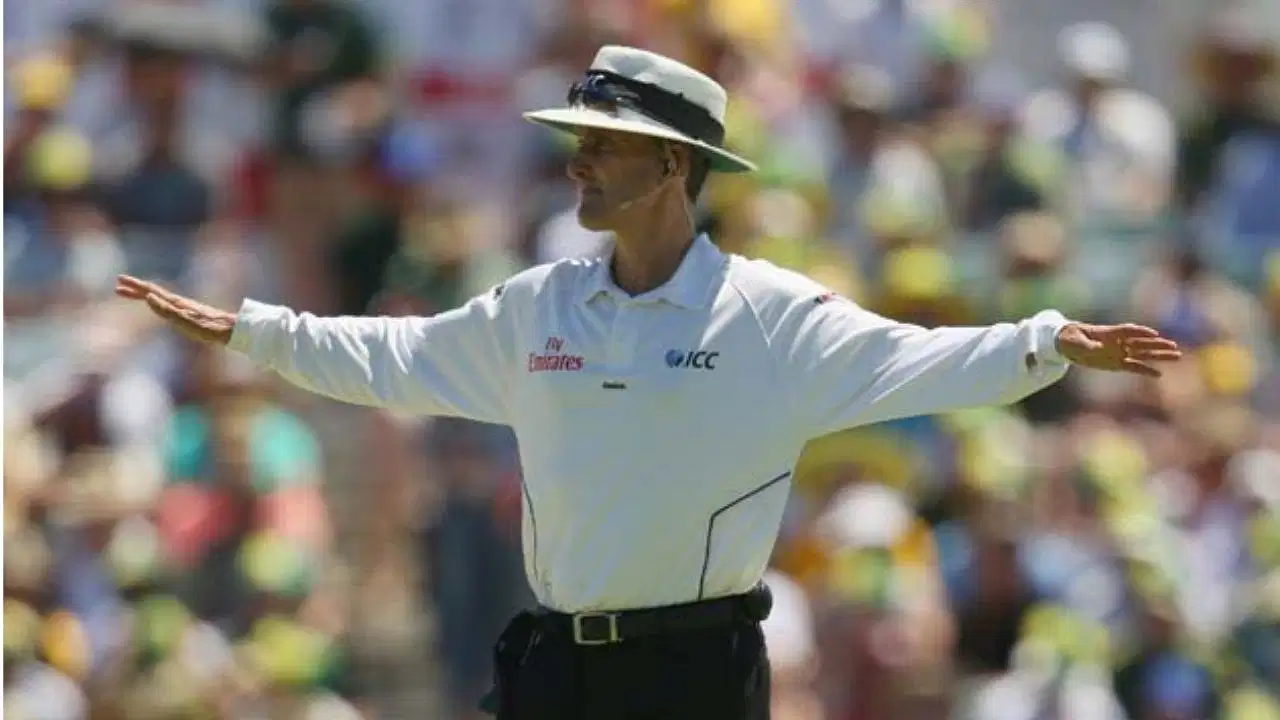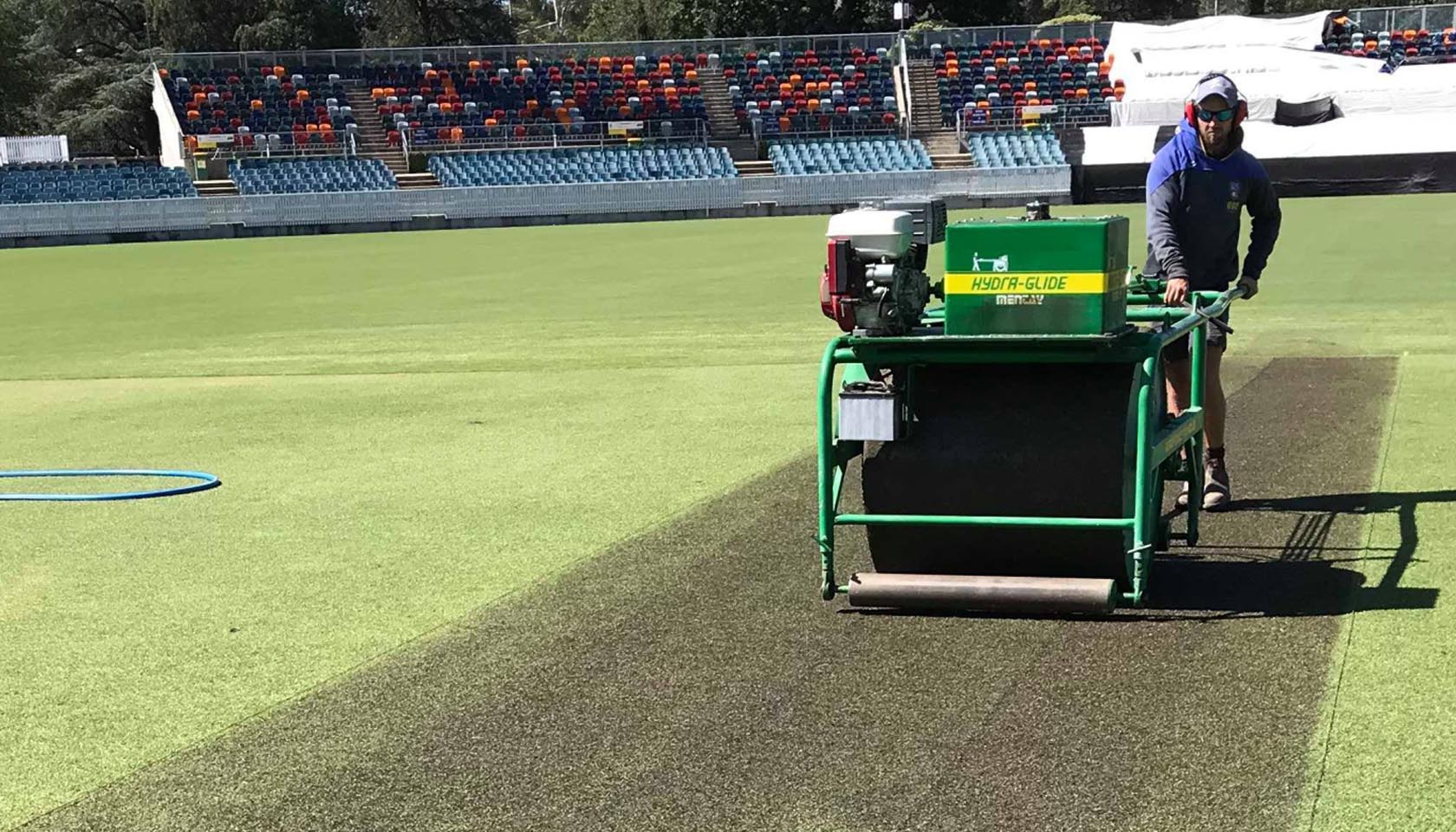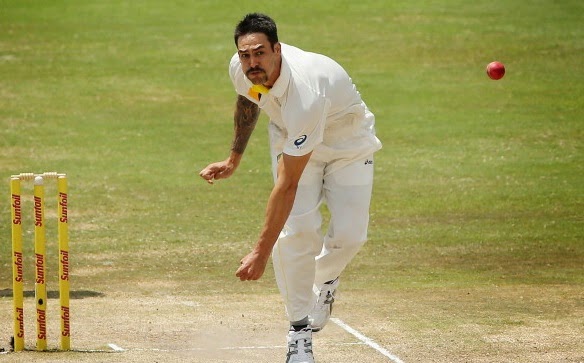Cricket, often referred to as the gentleman’s game, boasts a complex set of rules that govern every aspect of play. One such rule that often raises eyebrows and generates excitement among fans and players alike is the rule concerning “Wide” deliveries. In this blog, we’ll dive into the intricacies of what constitutes a Wide ball, the rules governing it, and the consequences it carries within the game.
22.1 Judging a Wide Ball
Let’s start by understanding how a Wide ball is defined. According to Law 22.1.1, if a bowler sends down a delivery that isn’t a No ball, the umpire will adjudge it as a Wide under two conditions:
- The ball passes wide of where the striker (the batsman facing the bowler) is standing or has stood at any point after the ball came into play for that delivery.
- The ball would have passed wide of the striker if they were standing in a normal batting position.
22.1.2 The Wide Ball’s Reach
To further clarify, a ball is considered to have passed wide of the striker unless it is within reach for the batsman to hit it with a normal cricket stroke. In other words, if the batsman can’t reasonably play a shot at the ball with their bat, it’s likely to be declared a Wide.
22.2 Call and Signal of Wide Ball
When the umpire determines that a delivery meets the criteria for a Wide, they will call and signal “Wide ball” as soon as the ball passes the striker’s wicket. However, it’s important to note that the decision to declare a delivery as Wide is made as soon as the bowler enters their delivery stride, even before the ball crosses the striker’s wicket.
22.3 Revoking a Wide Ball Call
The umpire may revoke a Wide ball call under two circumstances:
- If there’s any contact between the ball and the striker’s bat or person before it comes into contact with any fielder.
- If the delivery is subsequently called a No ball, as specified in Law 21.13.
22.4 Delivery Not a Wide Ball
A delivery will not be adjudged as a Wide if the batsman, through movement, does one of the following:
- This causes the ball to pass wide of them, as defined in 22.1.2.
- Brings the ball sufficiently within reach to play a normal cricket shot.
A Wide isn’t called if the ball touches the striker or their bat, only as it goes past the striker.
22.5 Ball Not Dead
Unlike some other situations in cricket, a Wide ball call does not make the ball dead. Play continues as normal after the Wide is called.
22.6 Penalty for a Wide
Upon the call of a Wide ball, a penalty of one run is awarded instantly to the batting side. This penalty stands even if a batter is dismissed during that delivery. It is in addition to any other runs scored, boundary allowances, or other runs awarded for penalties.
22.7 Runs Resulting from a Wide
All runs completed by the batters, any boundary allowance, and the penalty for the Wide are scored as Wide balls. In terms of statistics, all runs resulting from a Wide are debited against the bowler.
22.8 Wide Not to Count
A Wide ball does not count as one of the deliveries in an over. Each over consists of six deliveries, and a Wide is considered an extra delivery.
22.9 Out from a Wide
Finally, when a Wide ball is called, the batsmen cannot be dismissed under most of the Laws of cricket. A Wide isn’t called if the ball touches the striker or bat, but only as it goes past the striker.




One thought on “Law 22 – Wide Ball”